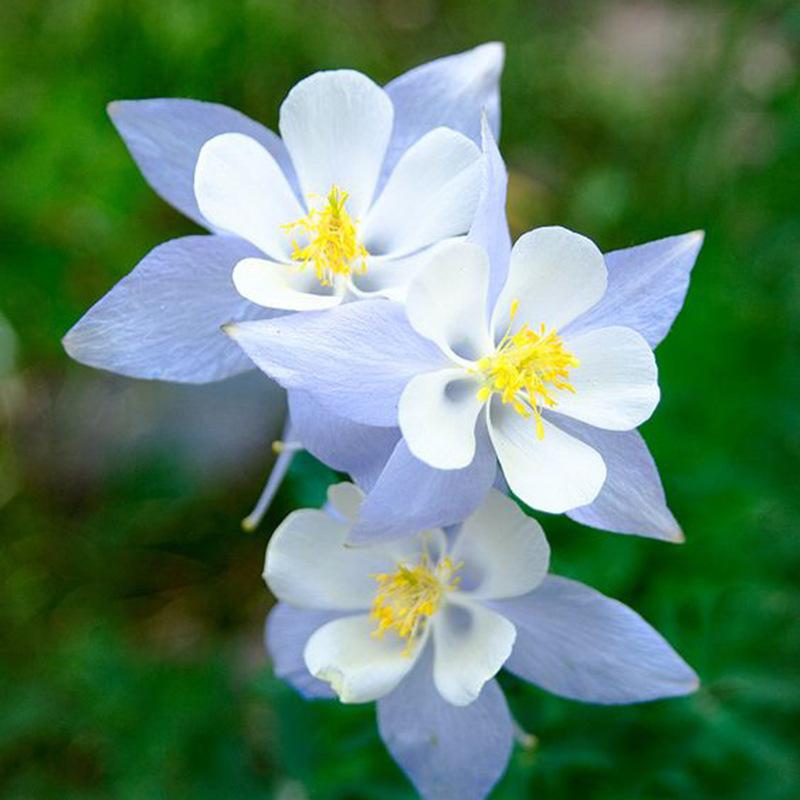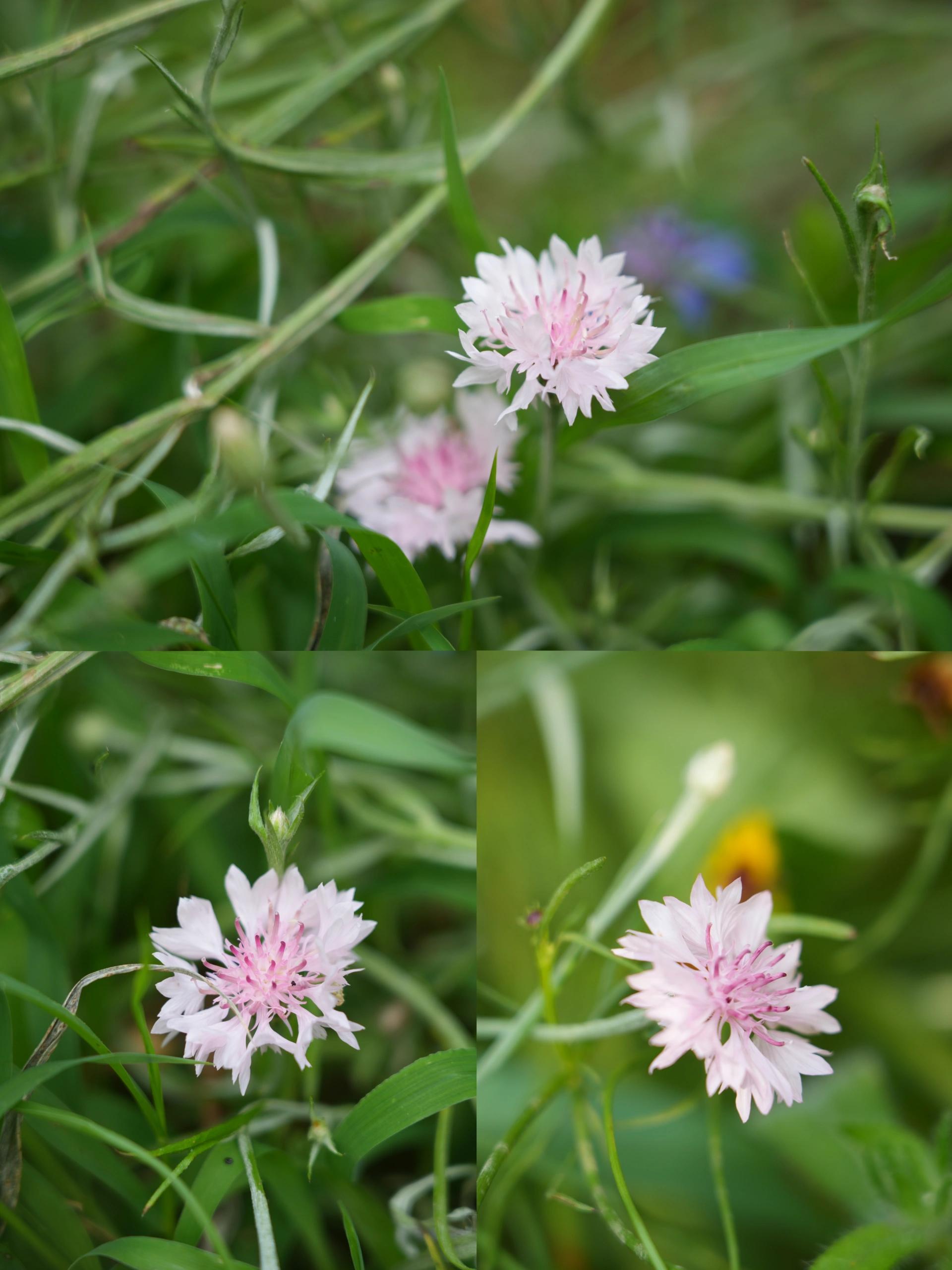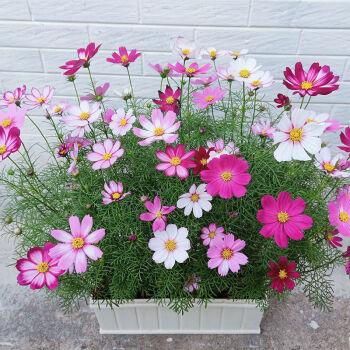The fascinating story of Capsella plant dates back centuries. Legend has it that Capsella, also known as Shepherd’s Purse, got its intriguing name from a shepherd who discovered its medicinal properties. Over time, people noticed that this unassuming plant could stop bleeding and heal wounds. It became a symbol of hope and resilience. Throughout history, Capsella’s leaves were used in traditional medicine and its seeds were even carried by explorers as a source of nutrition. Today, Capsella continues to captivate researchers with its potential health benefits, reminding us of the remarkable wonders that nature holds within its fragile petals.
Picture
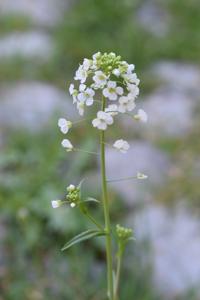
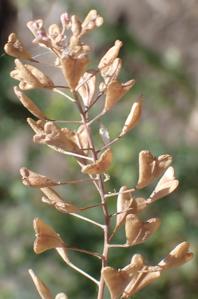
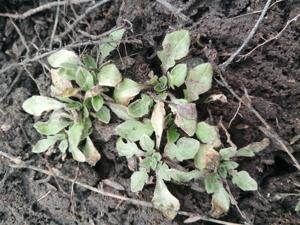
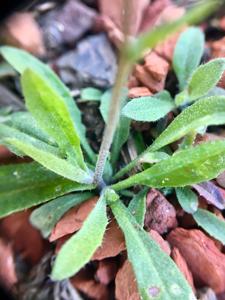
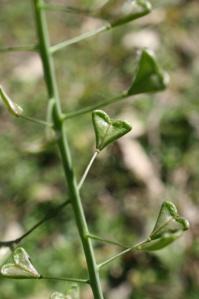
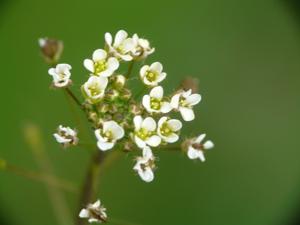
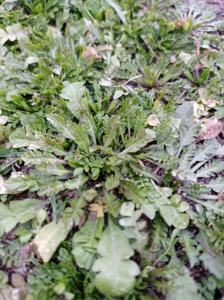
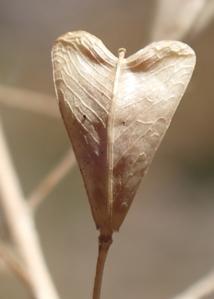
Plant some seeds now!
Short Description
Capsella is a genus of herbaceous plant and biennial plants in the family Brassicaceae. It is a close relative of Arabidopsis, Neslia, and Halimolobos.
Some authors circumscribe Capsella to contain only three species: Capsella bursa-pastoris, Capsella rubella and Capsella grandiflora. As of 2020[update], Kew’s Plants of the World Online list eight species.
Capsella rubella is a self-fertilizing species that became self-compatible 50,000 to 100,000 years ago. Its outcrossing progenitor was Capsella grandiflora. In general, the shift from outcrossing to self-fertilization is among the most common transitions in flowering plants. Capsella rubella is studied as a model for understanding the evolution of self-fertilization.
The name is said to derive from Latin capsa, a box or case, alluding to fruit resembling a medieval wallet or purse; the suffix -ella denotes “lesser”.

